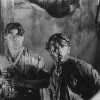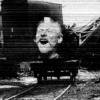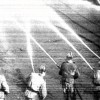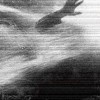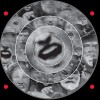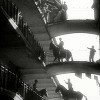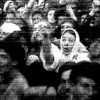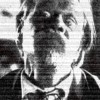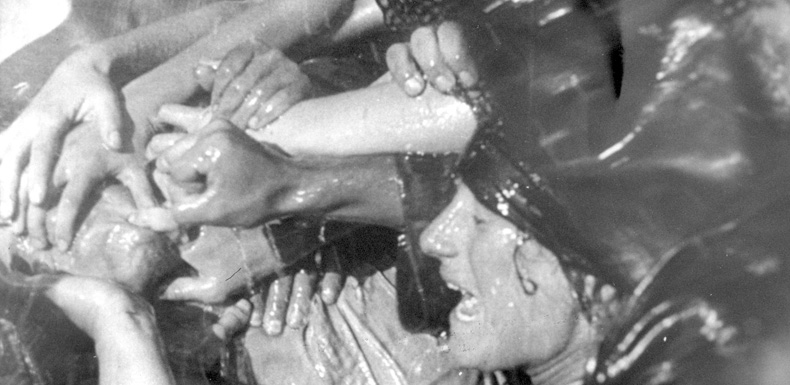
Synopsis du film
The STRIKE ( STATCHKA) A film by S.M.Eisenstein 1924 USSR 73 mins in Black and White. Silent. Screenplay : S.M.Eisenstein, Valeri Pletnev & Gregory Alexandrov. Photography : Edouard Tisse & Vassili Hvatov. Production : Goskino. Principal actors : Ivan Kljuvkin, Alexandre Antonove, Grigori Alexandrov...
The story takes place in a factory in Russia at the beginning of the 20th century. On the screen we see the men at work. The scene is calm and their boss smiles. Later on a group of militants are organising a strike. The foreman betrays them and the military governor uses informers to spy on them.
Meanwhile the strike starts when a worker who has been unfairly charged with robbery, commits suicide. The employers will then counter attack and the strike goes on. Some agitators are contacted by the police to provoke the situation.
The final attack comes and it ís a bloodbath. With this first film, Eisenstein developped his original cinematic theories on editing. THE STRIKE is a revolutionary film making, in which we cannot help admiring the young director's enthusiasm, boldness and freedom.
The Strike - a musical project
In this first film, we can already find the theories he will develop in later productions. He is much interested in the "cinema of actors ". His deeper preoccupation is with the art of the image by means of editing techniques and formal structures. Although the film has a tremendous politic significance ; (Soviet films of that period were mainly propaganda ones, ) we cannot deny the importance of it artistic challenges.
This is above all, what really struck me when I first saw it. The questions of rhythm, articulation, and gesture seemed to me at the very origin of the temporal and visual organisation.
To me THE STRIKE looks like a painting ; a painting which would suddenly come to life and where black and white would turn into colours. For me the strength of each sequence cannot be disassociated from the whole film. THE STRIKE shows the symbols of a disturbed world which appear all the more significant as the film is silent. It also passes on to us its philosophical message about man's questioning and the meaning of life.
Moreover, due to Eisenstein's use of dynamic images, major contrasts in the rhythm of scenes and a strong direction that reaches the level of allegory, a philosophical dimension is partly created. We can repeat here that Eisenstein's films are neither interested in actors nor in charismatic stories as it is often the case to day. One can therefore see how musical ideas can be born in the mind of the composer ; music is the art of time and space and of the rhythm of form. My aim was not to fill up the silence of this film with music ; Eisenstein could have done this well enough himself, but rather to weave together paths, to recreate the film spaces in an audio domain. That is the aim of this project - to bring a new light to a cinematic work by means of music whose intensity rivals that of the film itself, inducing a rapport of forces both concentric and divergent ; to discover the power of the images so as to better deconstruct them and offer a plausible interpretation.

